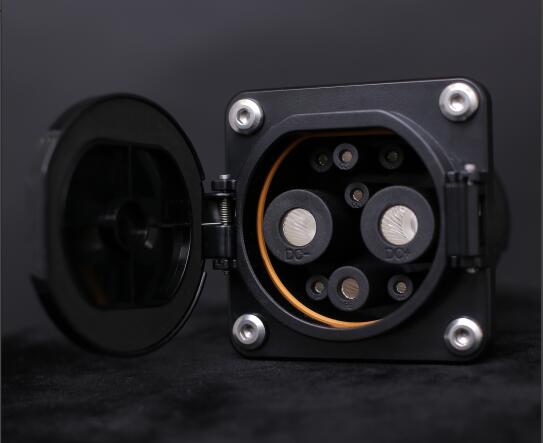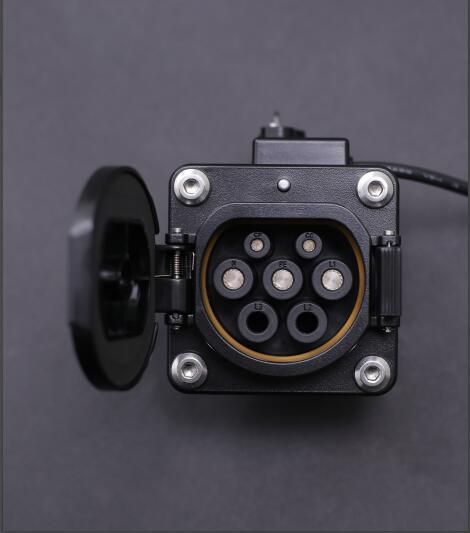Today, AG ELECTRICAL unveils the function of each pin of the slow charging port and the whole process of slow charging.
AG ELECTRICAL is proud to be the leading Factory Supplier in China in EV Industry. We can satisfy customers’ variety of demands with AG FAST RESPONSE, AG FLEXIBILITY, and AG RELIABILITY.
That means “Customer First“ is the core value in our pre-sales and after-sales process. AG ELECTRICAL respects any customers and looking for long term world-wide partnership. AG is
The lower charging port is a slow charging port


Slow charging is what we call household AC charging pile or portable charging gun. Both of these charging methods are household 220V AC. As we all know, the process of slow charging is: household 220v16a socket (AC charging pile) → charging line → slow charging port → vehicle charger → power battery. That is to say, the vehicle charger is required to input the domestic 220V AC power into the power battery after boosting and rectifying. So what is the role of each pin of the slow charging port?

We can see from the above figure that the slow charging port has 7 pins, which are: CP control connection confirmation line (feedback charging power), CC charging connection confirmation line, n AC zero line, PE body ground line, l AC power phase line, and two standby phase lines NC1 and NC2. A little friend with some electrician knowledge may ask: can 380V three-phase AC be used for slow AC charging? The answer is yes, but let's take a closer look at the slow charging port of the above vehicle. There is no battery in the NC1 and NC2 ports. Therefore, some models do not support three-phase AC slow charging pile charging. However, our household uses single-phase 220V AC, so these two pins are not used.
Seeing this slow charging port, my friends obviously feel that it is simpler than the fast charging port. When we plug in the charging gun, we first confirm whether the charging gun and the vehicle are connected well through the CC port, and then confirm the maximum charging current supported by the current charging equipment through the duty ratio signal of the CP port. After the connection is confirmed, the on-board charger sends the CC connection confirmation signal to the VCU (electronic control system). When the VCU receives the signal, it wakes up the BMS (battery management system), and the BMS turns on the relay, Finally, the current is input into the power battery pack.
After seeing the above steps, do you have a new understanding of our common slow charging? If you have other questions about EV charging equipment, you can ask us through our website www.ag-elec.com. We will answer them one by one. At the same time, We will select some representative questions as the topic of the next article.
